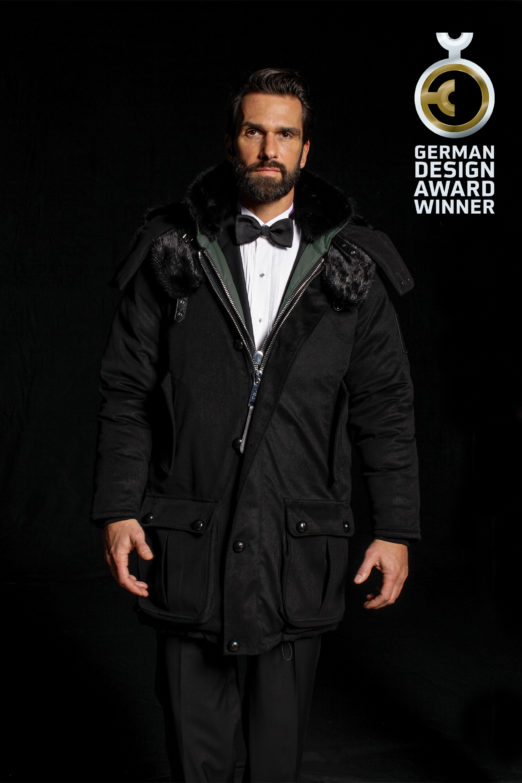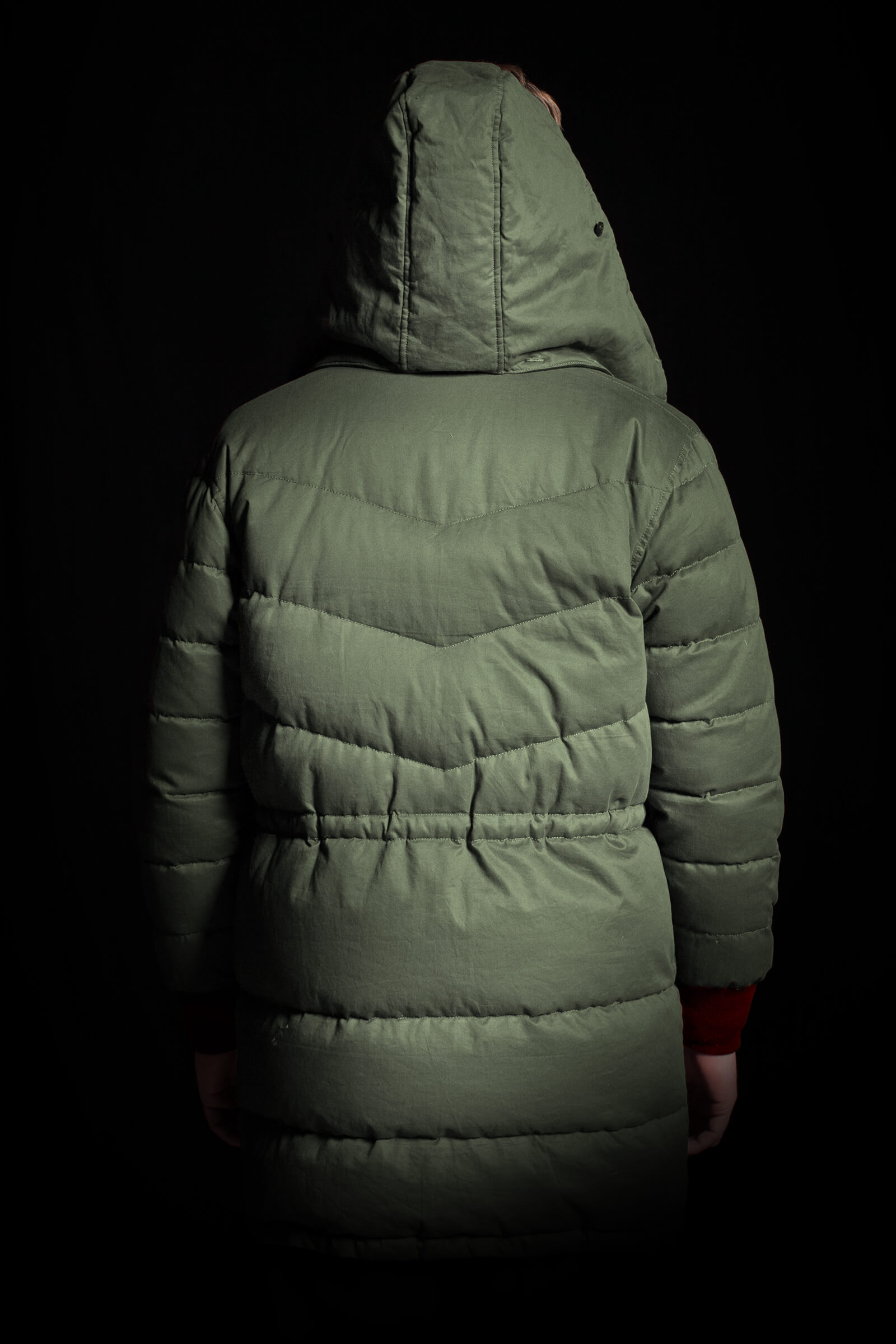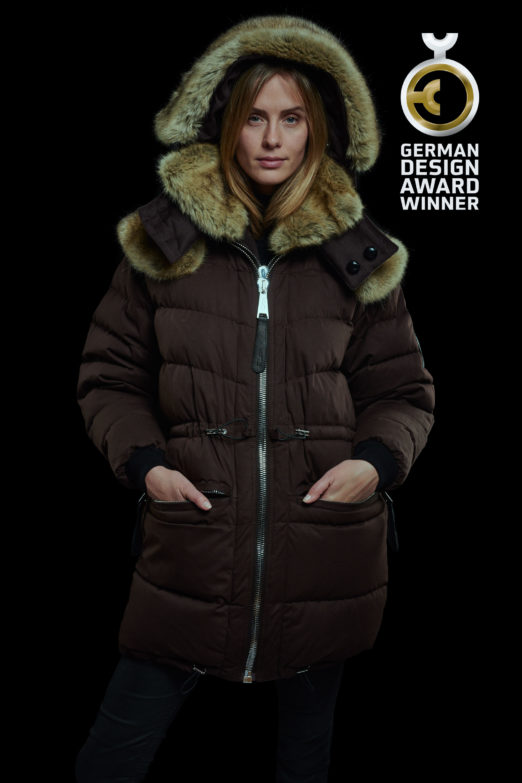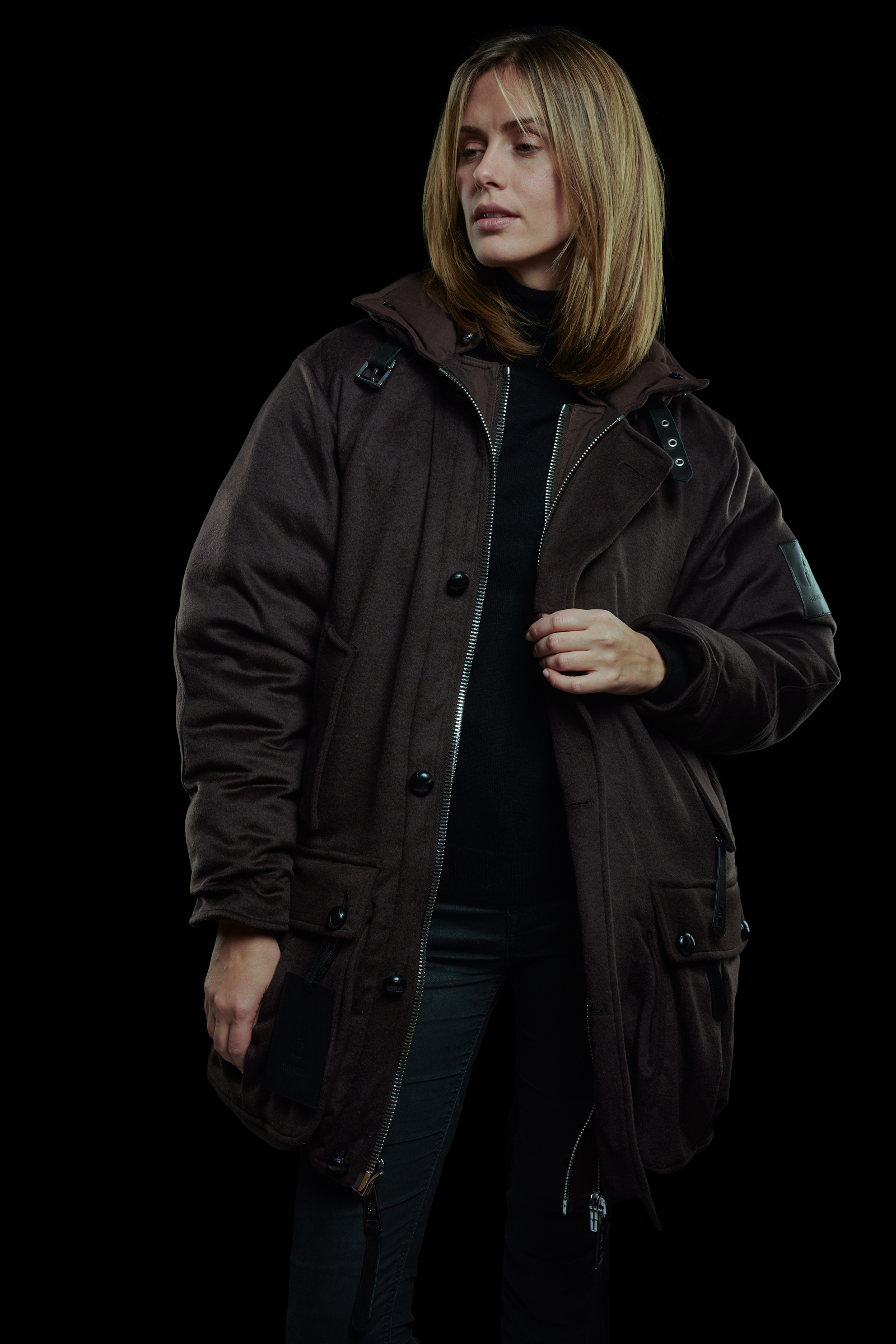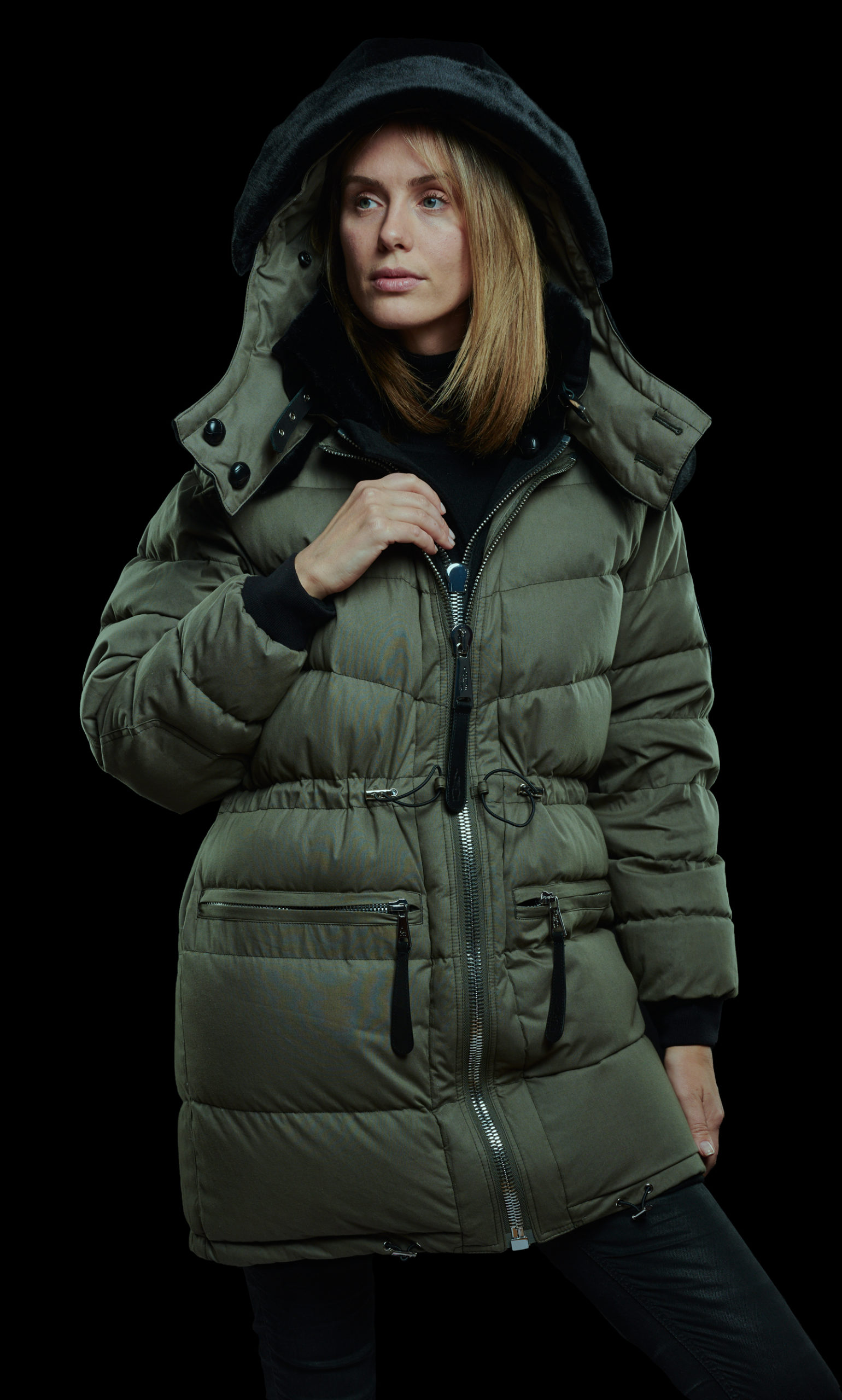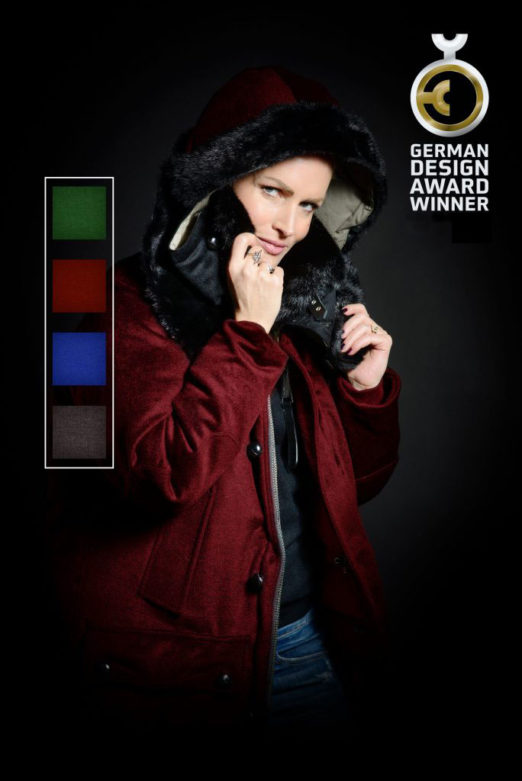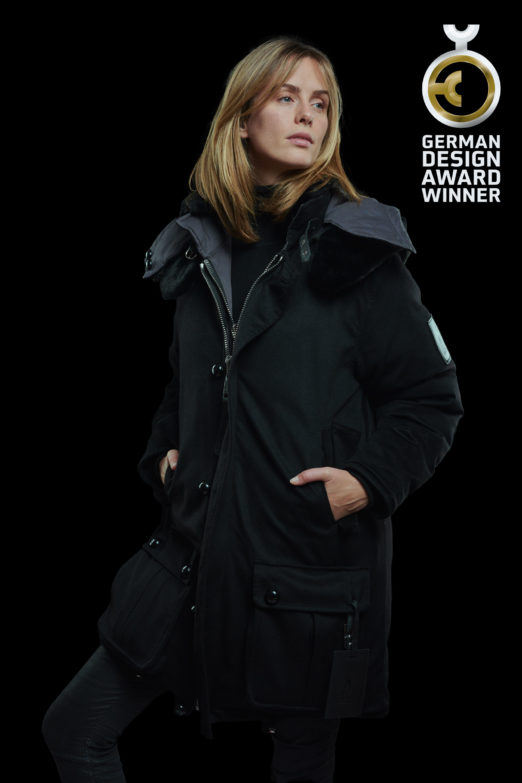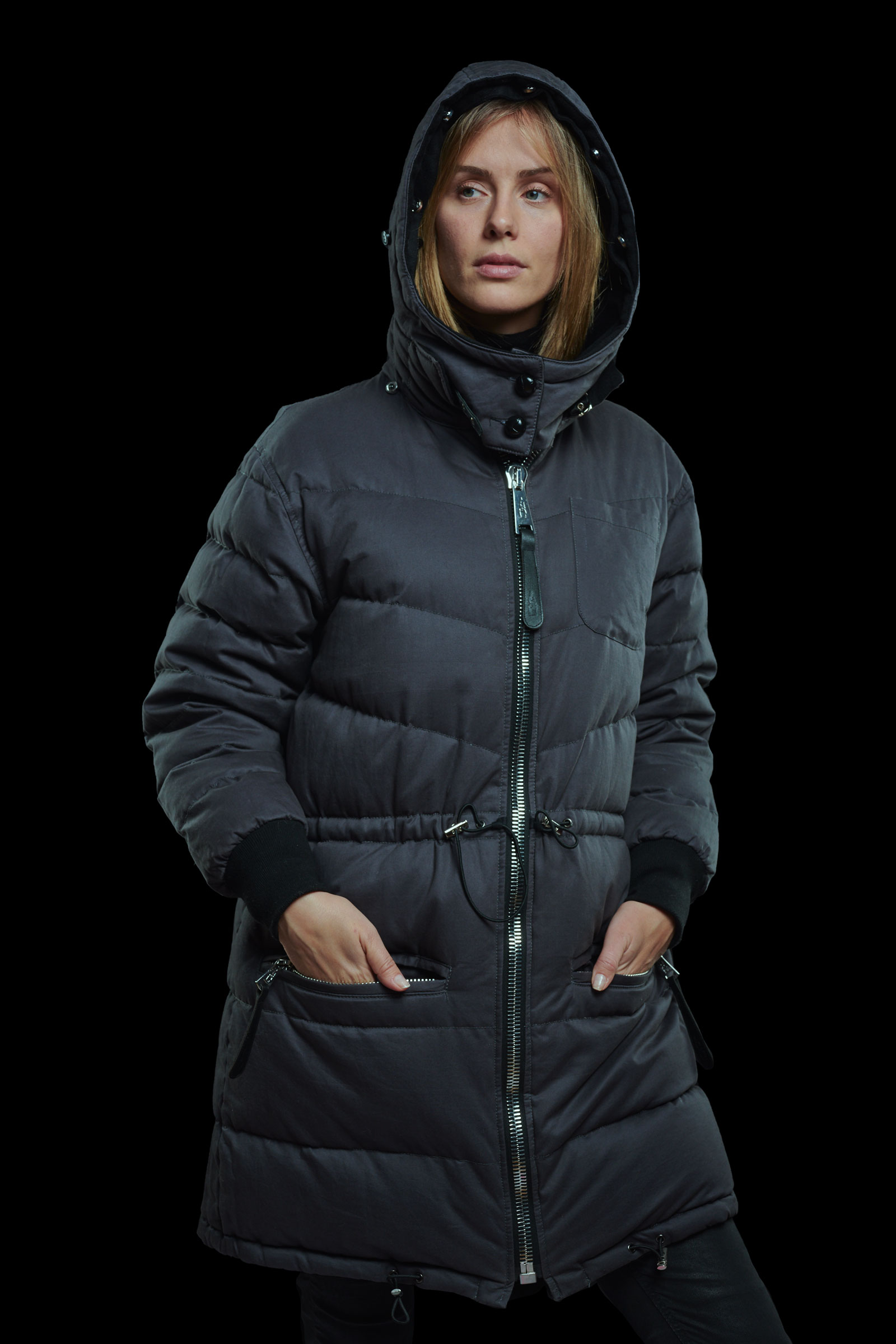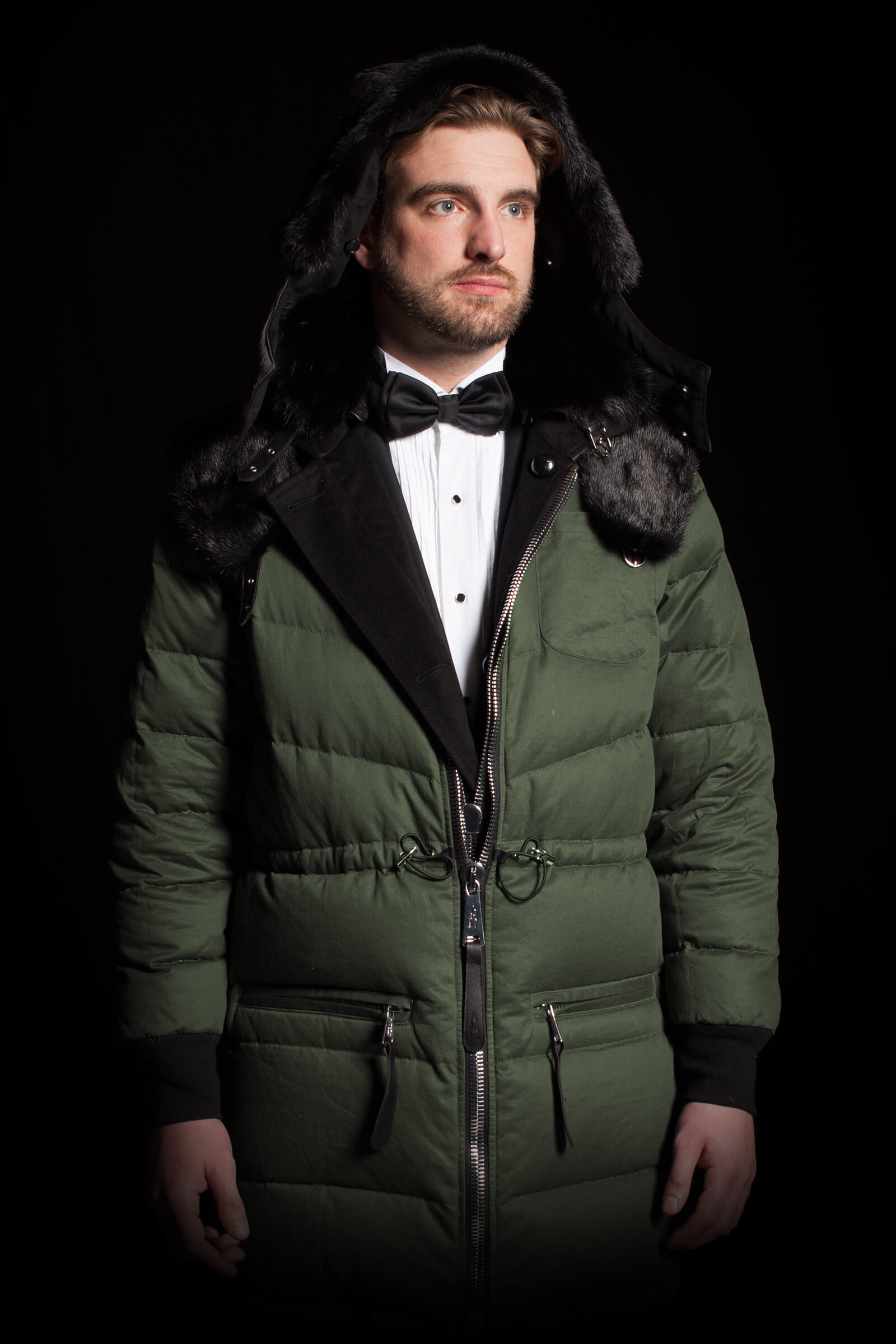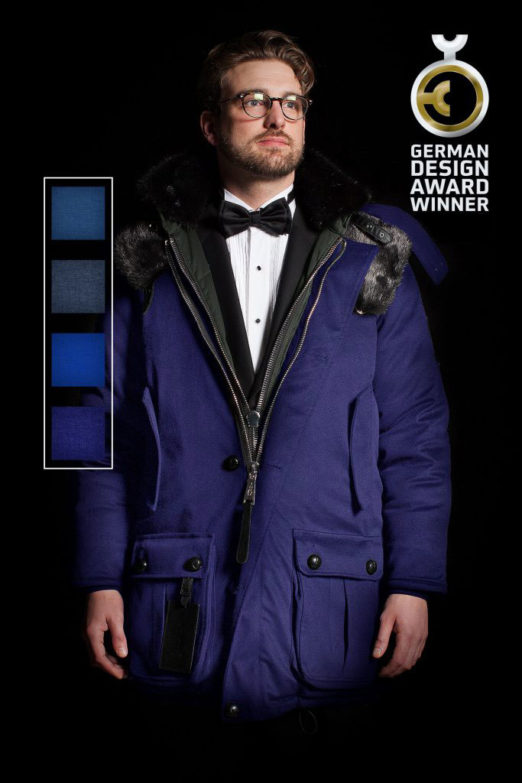Accepted Payments



A down feather has a short shaft with few barbs and very long, soft, radially arranged feather branches with smooth shafts that lack hooks. It is a three-dimensional structure resembling a fine snowflake.
In birds, the feather branches are negatively charged by body movements and thus are always at maximum distance from each other. This is the physical mechanism that allows down filled clothing to develop air bubbles which protect against cold and heat – the so-called thermal insulation effect. Birds exposed to cold climates produce especially excellent down.

High quality down comes from the eider duck, among others. The eider lives along the coasts of Northern Europe and is the largest marine diving duck species.
The particularly fine, dense breast fluff of the female protects the nest and is laboriously hand-harvested from the nests so as not to endanger this near threatened species.
Eiderdown is the Rolls Royce of comforters (about 1500-2500 Euros). This reflects the labour intensive harvesting, as only 20 grams of eiderdown can be gathered from each nest.
The down distinguishes itself as a particularly soft filling material. Its warming, insulating fluff protects against Arctic-type cold.
Our Ateliér continues to research new ways to integrate alternative high quality down into our developing collection.
For special requests we are available to support you with our individual consultation
Based on our corporate philosophy and concern for health of our customers, we use natural raw materials wherever possible. This is why we would never consider using synthetic or petroleum-based materials as filling for our jackets.
Synthetic insulation develops a more intense perspiration smell than natural raw materials. Neither does it have the same loft nor the same thermal behaviour in relation to weight.
The expected life of down filling is usually 20 years or more. It is breathable, but the high price of quality down is a disadvantage. In conventional down jackets a down membrane is necessary to avoid any risk of the down falling out through cracks or other damage, such as holes.
To protect against this, our down fillings are protected by two layers of waterproof fabric.
A characteristic feature of down is its loft, or fluffiness – the degree to which down expands after a period of compression. This loft is measured scientifically, quantified with the Anglo-American unit cubic inches per ounce (in³/oz), and is called fill power.
In conducting the measurement, an ounce (≈ 28 g) of down is compressed by a weighted piston in a Plexiglas cylinder for 24 hours. Subsequently, the volume to which the down sample expands is measured in cubic inches (1 inch³ ≈ 16.4 cc). Better heat insulation for a given volume is achieved by a higher fill power value.
In a jacket, for example, down with a fill power of less than 400 will have a weak insulating effect. In a good down jacket the value is about 550 cu. in. Our jackets have a value of 675 cu. in. (in³/oz).
Our goal is for our customers to feel good, similar to the soft caress of a down comforter.

Decisive for down quality is its colour and origin and whether it is reprocessed or new. An important indication is the ratio of down to feathers. Down is approximately ten times more expensive than feathers, which have low thermal insulation capacity.
Only goose and duck down are suitable for filling pillows and blankets. In contrast, chicken feathers, for example, are unsuitable due to their flat structure and resulting lack of fill power.
The insulating property of goose down (100%) is somewhat greater than that of duck down (87%) in equal filling power. Goose down is also more expensive, with larger feathers, greater volume and fill power.
For our high-quality jackets which are also intended for sport use, we only used the highest quality goose down with correspondingly high fill power.
The well thought out design of our garments and the sophisticated stitching in areas covering the cold-sensitive parts of the human body are crucial for optimizing the thermal insulation of our jackets. Cold zones are deliberately created under the arms, for example.
Just as with a down duvet, a down jacket should be hung in a dry place outdoors as often as possible, as down absorbs the moisture and fragrances in its environment.
To maintain the quality, the beauty and shape of your SVEN-HOLGER garments indefinitely, washing your down jacket by hand or in the washing machine is not recommended.
Please rely on the professionals at your dry cleaners as well as on the maintenance guidelines to preserve the quality of all your valuable garments.
Please contact our Customer Support Service


